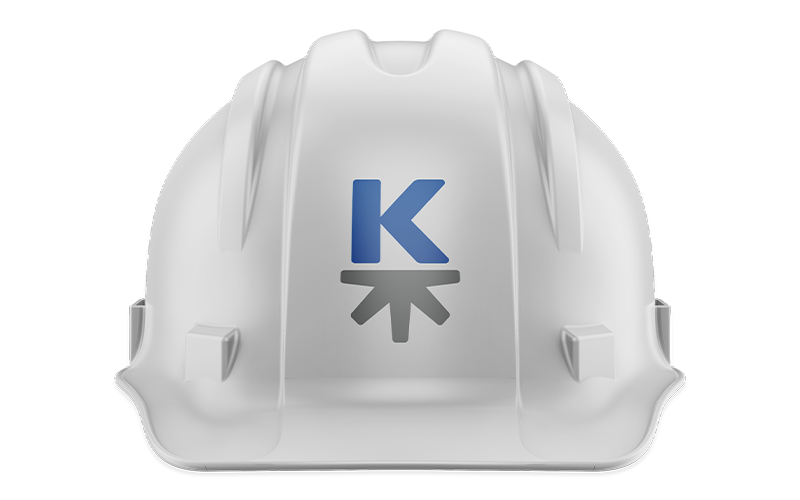Cost Per Impression Definition
Cost per impression (CPM) is the total cost to an advertiser after a creative has been displayed one thousand times. In other words, after a business shows an advertisement one thousand times, the CPM is how much they’ll have to pay (to Google, Facebook, another advertising network, or even a private site owner).
CPM is an important metric to track because it helps advertisers allocate their digital marketing budget appropriately and determine how effective their ad is. CPM is almost always measured alongside cost per click and return on investment.
If you’re wondering why cost per impression isn’t more commonly abbreviated as CPI, it’s because CPM technically stands for cost per mille, mille being the latin term for “one thousand.” You may also see this metric referred to as cost per thousand (CPT). The main takeaway is that CPI, CPM, and CPT generally mean the same thing when regarding online marketing.
Cost Per Impression Example
A business decides to run an advertisement through an advertising network. Typically the business will have to bid on which keyword(s) or other variables they want their ad to be displayed for. For the sake of this example, let’s say that the CPM is $10.00.
Knowing the CPM gives the business plenty of actionable data. A budget for the advertising campaign can be determined, and the business also has a general idea of what their return on investment needs to be—in this case, they would need to earn more than $10.00 per thousand impressions to consider the campaign profitable.
Why is Understanding Cost Per Impression Important in Strategic Marketing?
- Strategy
- Knowing the CPM of an advertising campaign is a critical element of any marketing strategy, not only for budgeting purposes, but to determine how profitable an advertisement is.
- Lead Generation
- Online advertising is a powerful method of generating new leads. Knowing the CPM of an advertising campaign can help businesses figure out their total cost per lead.

